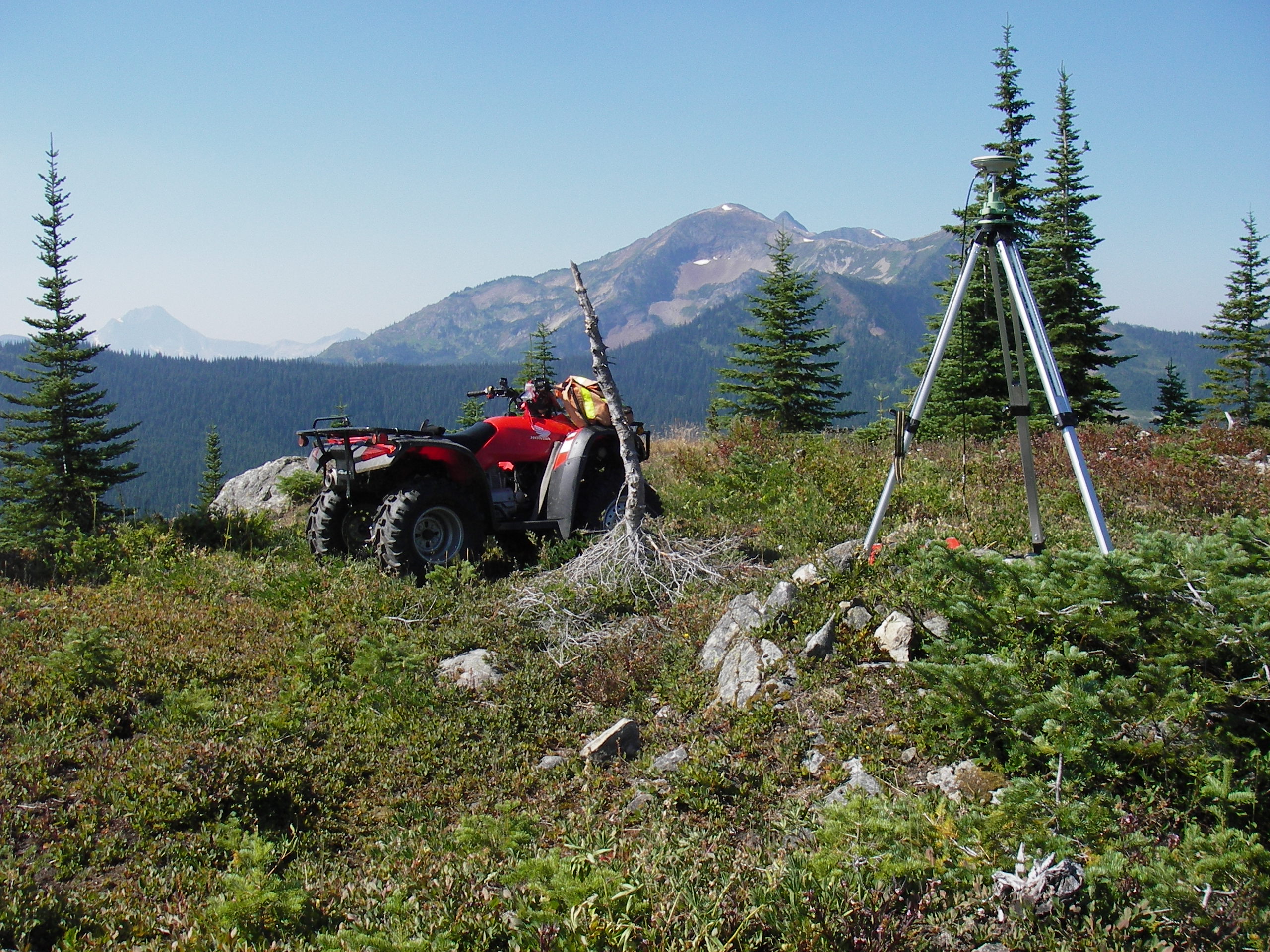
Government of Canada – Immigration
For complete up to date information on the process for immigration to Canada, visit:
https://www.canada.ca/en/services/immigration-citizenship.html
LOCATIONS
Canada is made up of 10 provinces and three territories with Ottawa as the Canadian capital.
The provinces are from west to east: British Columbia (capital: Victoria), Alberta (Edmonton), Saskatchewan (Regina), Manitoba (Winnipeg), Ontario (Toronto), Quebec (Quebec City), New Brunswick (Fredericton), Nova Scotia (Halifax), Prince Edward Island (Charlottetown), and Newfoundland and Labrador (St. John’s). The three territories are: Yukon (Whitehorse),Northwest Territories (Yellowknife), and Nunavut (Iqaluit).
The most populous province is Ontario followed by Quebec, British Columbia and Alberta. Ontario and Quebec account for over 85% of Canada’s population.
The largest centres in Canada by population are Toronto, Ontario; Montreal, Quebec; Vancouver, British Columbia; Calgary, Alberta; Edmonton, Alberta; and Ottawa-Gatineau, Ontario/Quebec.
ABOUT CANADA
GEOGRAPHY
Canada has a total area of 9.9 million sq. km. and touches the Pacific, Arctic, and Atlantic oceans (which is why its motto is “from sea to sea”), with the longest coastline (243,791 km. long) of any other country. It is composed of 10 provinces and three territories with Ottawa as the Canadian capital. The provinces are: British Columbia (Victoria), Alberta (capital: Edmonton), Saskatchewan (Regina), Manitoba (Winnipeg), Ontario (Toronto), Quebec (Quebec City), New Brunswick (Fredericton), Nova Scotia (Halifax), Prince Edward Island (Charlottetown), and Newfoundland and Labrador (St. John’s). The three territories are: Yukon (Whitehorse), Northwest Territories (Yellowknife), and Nunavut (Iqaluit).
Canada has more lakes than the rest of the world combined. There are over two million lakes, with 563 being larger than 100 square kilometres. Canada’s southern border with the United States is the world’s longest bi-national land border and the longest undefended border in the world.
POPULATION
Canada is the first country in the world to adopt a policy of multiculturalism, embracing diversity and pluralism. Today, of Canada’s total population of over 37 million, a fifth are immigrants. Canada’s growth is fuelled by immigrants and on a per capita basis, it is attracting more immigrants than the United Sates. 33% of Canadians considered their ethnic origin to be Canadian. French, English, Scottish, Irish and German descendants comprised the majority of Canadians. There are 1.5 million Indigenous peoples of Canada (First Nations, Métis and Inuit) in the country.
Canada is officially bilingual – English and French.
GOVERNANCE
Canada is a federal country with a parliamentary democracy headed by a Prime Minister and where citizens elect representatives to the House of Commons in Ottawa. Canada is also a constitutional monarchy, which means that technically the Queen of England is still the “head of state” of Canada. In practise however, the Queen has very little to do with Canada legally, as her powers are vested in the Governor General in Canada. A parliamentary democracy has three parts: the Sovereign (Queen) as represented by the Governor-General, the Senate, and the House of Commons. Elections are run by an arms-length organization to the government called Elections Canada.
The Canadian Constitution divides powers between the federal government and the provincial governments. Each has its own jurisdiction and its own government. Provincial and territorial governments are headed by Premiers and have a legislature.
Canada has a written Charter of Rights and Freedoms that ensures all citizens of life, liberty and security of the person.
HISTORY
Indigenous peoples are the original inhabitants of Canada and currently . Canada was first “discovered” by Vikings on its east coast in A.D. 1000. Canada was further explored in the fifteenth century by French and British Explorers. France had colonies in Canada from the early 1600’s and these were ceded to Britain in the 1700’s. Even though the Canada became a British colony, the French culture continued to thrive and can today be found mostly in the province of Quebec whose official language is French and where francophones account for 82% of its more than 8.2 million people.
Canada was created as a federal dominion in 1867 under the British North America Act. This first dominion consisted of four provinces, with six other provinces added later over time, along with three territories. The last province to join Canada was Newfoundland in 1949.
In 1982 Canada amended its Constitution and brought it formally under Canadian oversight from Britain. However, the French culture remained and thrived and can now be found within the French province of Quebec.
LAND SURVEYING IN CANADA
Land surveying in Canada is a provincial jurisdiction with the exception of Canada Lands (Indian Reserves, National Parks, the Territories and Canada’s offshore) which are under federal jurisdiction. This situation means that there are 11 self-regulated land surveying associations in Canada, and they are:
Association of British Columbia Land Surveyors – https://www.abcls.ca/
Association of Alberta Land Surveyors – https://www.alsa.ab.ca/
Association of Saskatchewan Land Surveyors – https://www.slsa.sk.ca/
Association of Manitoba Land Surveyors – https://amls.ca/
Association of Ontario Land Surveyors – https://www.aols.org/
Ordre des Arpenteurs-Géomètres du Québec – http://www.oagq.qc.ca/
Association of New-Brunswick Land Surveyors – http://www.anbls.nb.ca/
Association of Nova Scotia Land Surveyors – http://www.ansls.ca/
Association of Prince Edward Island Land Surveyors – http://www.apeils.ca/
Association of Newfoundland Land Surveyors – https://anls.ca/
Association of Canada Lands Surveyors – https://www.acls-aatc.ca/
